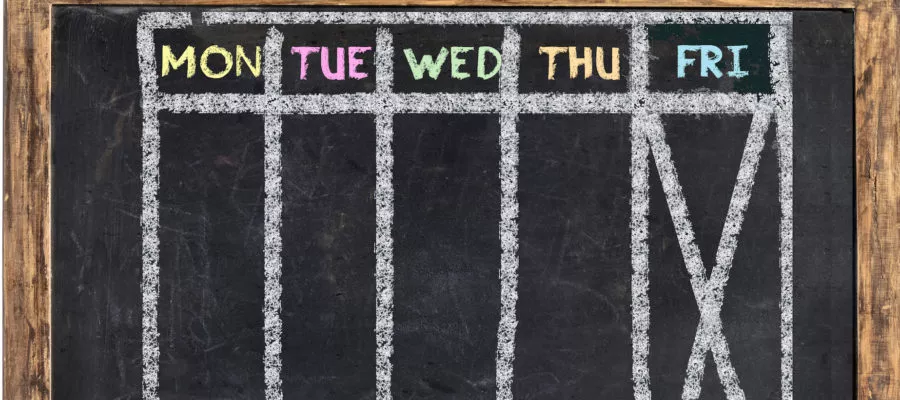The State of Educator Pay
If the nation is serious about tackling the educator shortage, part of the solution must include improving pay. New data from NEA shows us why.
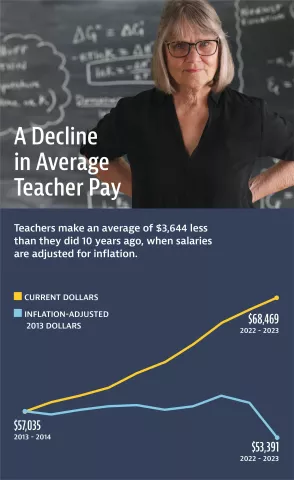
Teachers' Salaries
In the 2021 – 2022 school year, the average national public school teacher salary was $66,745, according to the 2023 NEA Rankings and Estimates report released in April. That represents a 2 percent increase from the previous year.
The average salary for 2022 – 2023 is projected to increase by 2.6 percent to $68,469. Still, when adjusted for inflation, the average salary of classroom teachers has declined by an estimated 6.4 percent over the past decade.
According to the 2023 NEA Teacher Salary Benchmark Report, also released in April, the average starting teacher salary in 2021 – 2022 increased to $42,845. The increase in starting salaries was the third-largest since NEA began tracking this measure. However, high inflation actually turned that increase into the single-largest real dollar decrease in starting salaries. Notably, in states with collective bargaining, teachers earn an average of 25 percent more.
ESP Earnings
In 2021 – 2022, the average earnings of education support professionals (ESPs) rose to $35,401 from $31,905 in 2012 – 2013. ESPs working full-time (at least 30 hours per week) in K–12 schools earned an average of $33,177. Higher education ESPs working full-time earned an average of $44,292.
More than a third of all ESPs working full-time earn less than $25,000 per year, and 11.7 percent earn less than $15,000 annually.
The average earnings for ESPs has risen over the past decade. But when adjusted for inflation, the salary for ESPs in 2013 dollars has decreased from $31,905 to $28,734. In states with collective bargaining, ESPs earn an average of 19 percent more.
Youtube: #1 Social Media App for Students
The Social Institute surveyed 22,000 students in grades 4–12 about their social media use, including what apps they spend time on every week. While students have their favorites, the survey found that they divided their time across a variety of platforms.
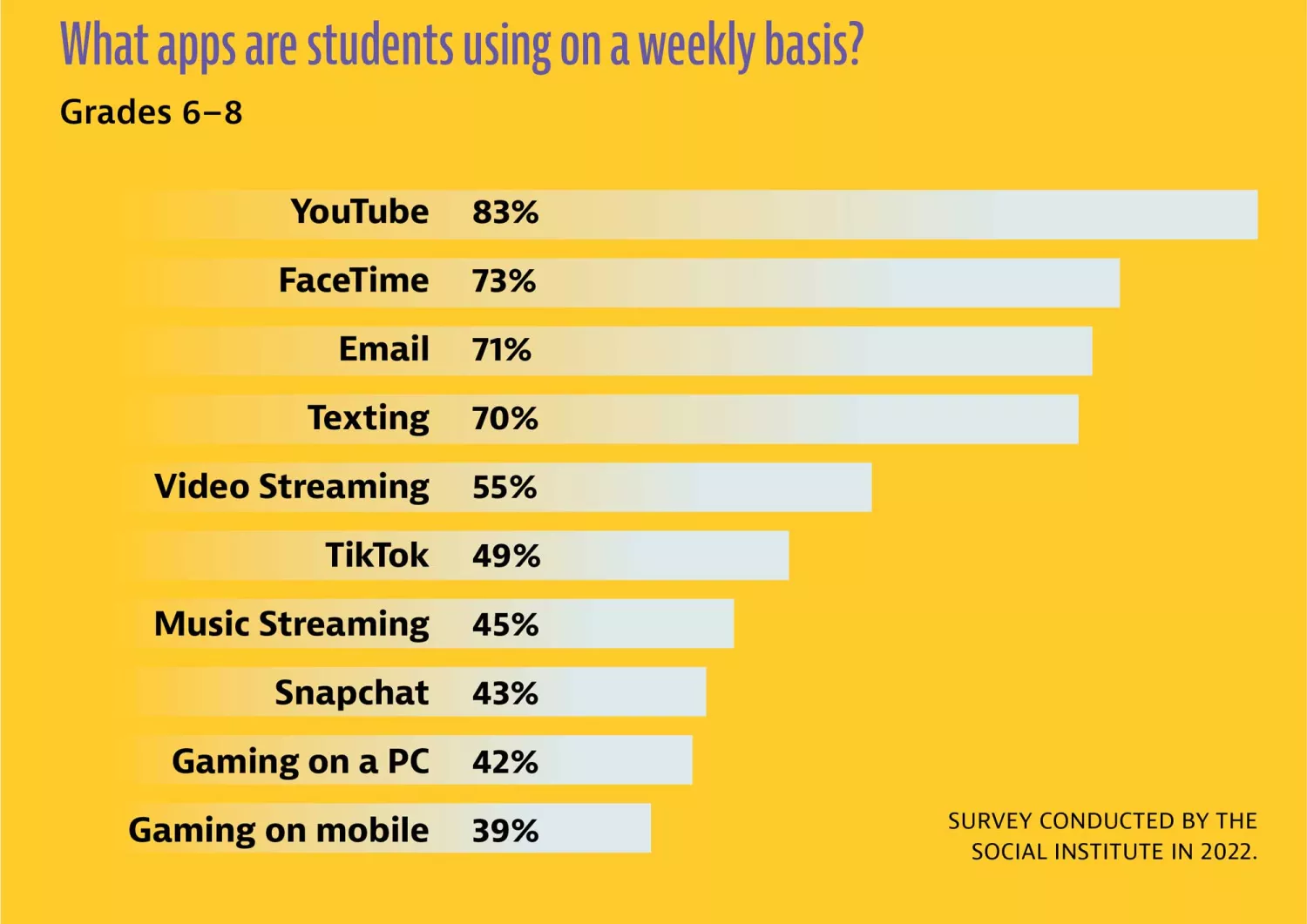
Print or Digital: How Do Teachers Decide?
46%
I consider whether the material will be easier for students to understand as printed material or digital material.
29%
I assign the type of resources that are most readily available.
19%
I only use digital resources when print resources are not available.
7%
I only use print resources when digital resources are not available.
Four-Day School Weeks: What Does the Research Say?
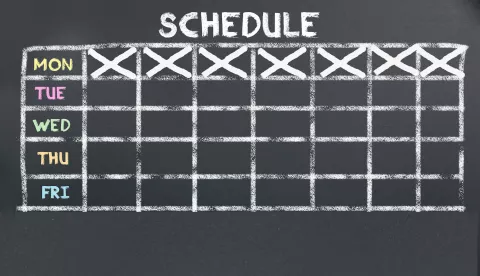
Even before the pandemic hit in 2020, the number of school districts that switched to a four-day model had increased significantly. In spring 2019, 662 districts across 24 states were using the schedule—an increase of more than 600 percent since 1999.
As more districts turn to this model, teacher recruitment and retention has emerged as one of the top factors behind the decision to take on a new schedule, along with budgetary savings and reducing student absences.
However, the prospect of cutting one day out of the school week is a complex and risky undertaking, potentially impacting economically disadvantaged students’ access to instruction time and critical school services.
Paul Thompson, an economist at Oregon State University, has examined the impact of four-day school weeks on student achievement in math and reading in his state. Overall, he found that students in four-day schools had lower standardized math and reading test scores compared with students in five-day schools.
“School districts that are unable to maintain instructional time seem to be seeing these detrimental impacts,” Thompson explains. “Those that can keep instructional time the same tend to do better.”
Other studies find that the cost savings generated by a four-day week also tend to be modest. Another selling point has been reduced student absenteeism, but research on that topic is inconclusive.
Tax Avoidance Fuels Privatization Efforts

This year, more states are planning to implement school voucher programs that will transfer millions of dollars from public schools to private institutions. Voucher schemes exist in various forms—including using wealthy taxpayers as middlemen.
One of the most popular schemes among privatization advocates are so-called “tax credit scholarships.”
These programs incentivize individual taxpayers or corporations to donate money to certain nonprofit organizations. The nonprofits bundle the funds and redirect them as private school vouchers, or “scholarships.”
Donors then claim the donations as reductions on their state and federal tax bills, leaving budgets for critical services, such as public education, leaner than before.
Carl Davis of the Institute on Taxation and Economic Policy (ITEP) believes these credits gin up enthusiasm among wealthier taxpayers for privatizing the public education system. New data from ITEP reveal that wealthier families (incomes over $200,000) are overwhelmingly the ones using these credits to opt out of paying taxes to public coffers.
Davis urges states to repeal these credits and believes the IRS should take steps to curb this tax avoidance.
“Tax reforms won’t be enough on their own to stop the seemingly relentless campaign to privatize the U.S. public education system,” Davis says. “But … [it] is as good a place as any to start.”
A Mental Health Crisis Among Teen Girls
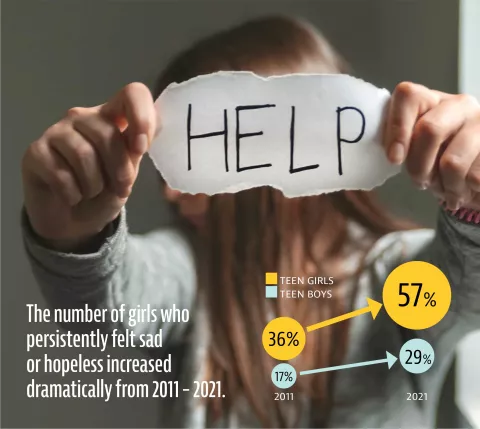
A Centers for Disease Control and Prevention (CDC) report, released in March, found staggering increases in mental health challenges for teenage girls. Nearly 3 in 5 teen girls said they felt “persistently sad or hopeless”—that’s double the rate for boys and a nearly 60 percent increase over the highest level recorded in the last decade.
Even more troubling, nearly 1 in 3 of the girls surveyed seriously considered attempting suicide, also marking a 60 percent increase from a decade ago.
“High school should be a time for trailblazing, not trauma,” says Debra Houry, CDC’s chief medical officer and deputy director for program and science. “These data show our kids need far more support to cope, hope, and thrive. Proven school prevention programs can offer teens a vital lifeline in these growing waves of trauma.”
The number of girls who persistently felt sad or hopeless increased dramatically from 2011 – 2021.

